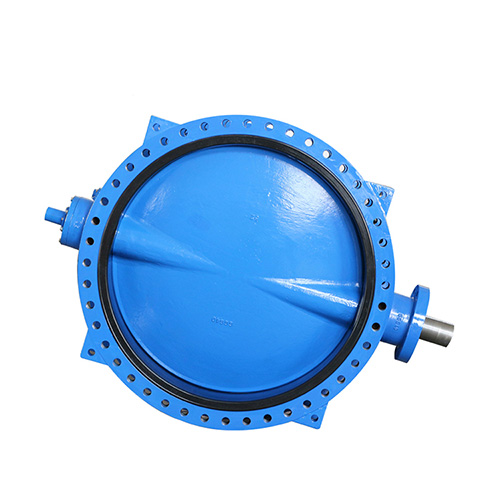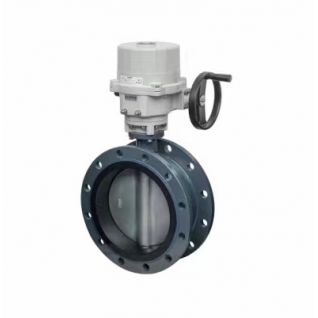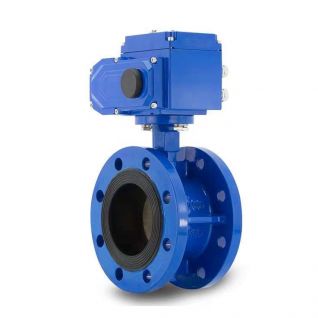PRODUCT
API609 epoxycoated butterfly valve for water line
Designed as Standard : GB/T12238-2008; AWWA C504, API 609
Face to Face : 100-GB/T1221-2005-J9;
150-800-JISB2002 (Ship1 2 3 Series)
900-2800- Japan(Tomoe Standard )
Flange as Standard : GB/T17241.6 ; DIN2632/2633;BS4504;
JIS-B2220 ; ASME B16.5(150LB)
Test Standard : GB/T13927-2008; BS EN 12266-1 12266-2
Standards:
|
Design & Manufacture |
Flange Connection |
Face to Face Dimension |
Test & Inspection |
|
MSS SP-67 |
DIN PN10/16/25; ANSI B 16.1 |
API609 |
API 598 |
Material:
|
No. |
Part Name |
Material |
|
1 |
Body |
Carbon Steel/Stainless Steel/Cast Iron/Ductile Iron/ Al-Bronze |
|
2 |
Disc |
Al-Bronze/CF8M/Ductile iron+epoxy /WCB |
|
3 |
Seat |
EPDM/PTFE/Buna/NBR/Hypalon |
|
4 |
Stem |
Carbon Steel/Stainless Stee304/SS410 |
|
5 |
Bushing |
PTFE/Lubricating |
|
6 |
O ring |
EPDM/PEFE/Buna/NBR/Hypalon |
|
|
|
|
Features:
The butterfly valve has a simple structure, small size, light weight, low material consumption, small installation size, rapid switching, 90° reciprocating rotation, and small driving torque; it also has good flow adjustment function and closing sealing characteristics, and is widely used in large and medium diameter, medium and low diameters. In the field of pressure application, butterfly valve is the dominant valve form. When the butterfly valve is in the fully open position, the thickness of the butterfly plate is the only resistance when the medium flows through the valve body. Therefore, the pressure generated by the valve is reduced proportionally, so it has better flow control characteristics. Butterfly valves have two sealing types: spring seal and metal seal. For elastic sealing valves, the sealing ring can be embedded in the valve body or attached to the periphery of the butterfly plate.




